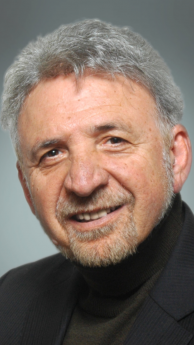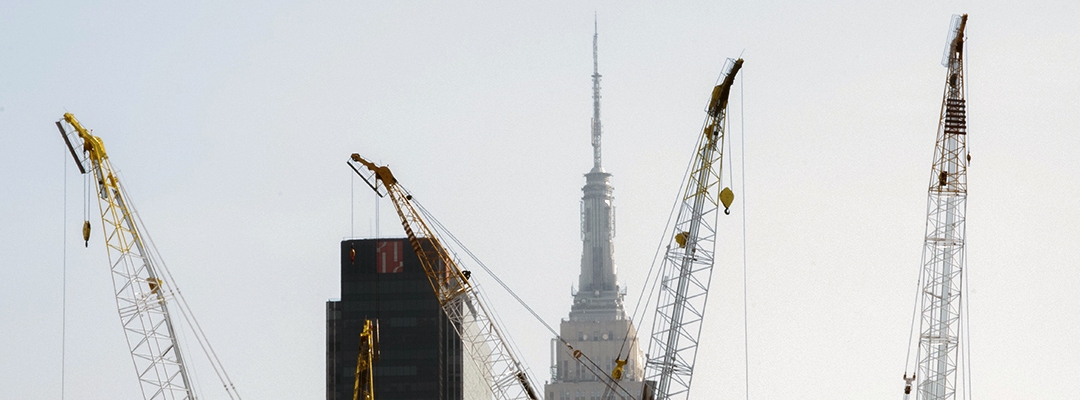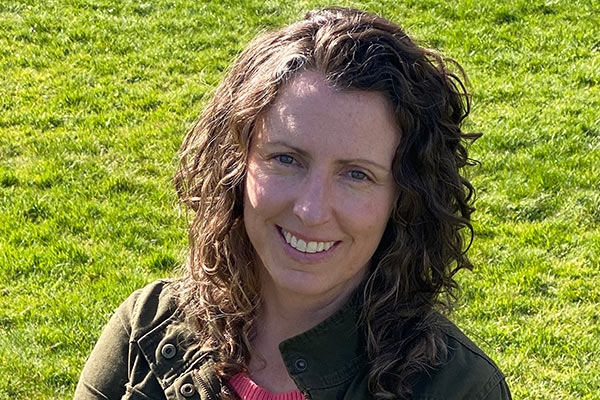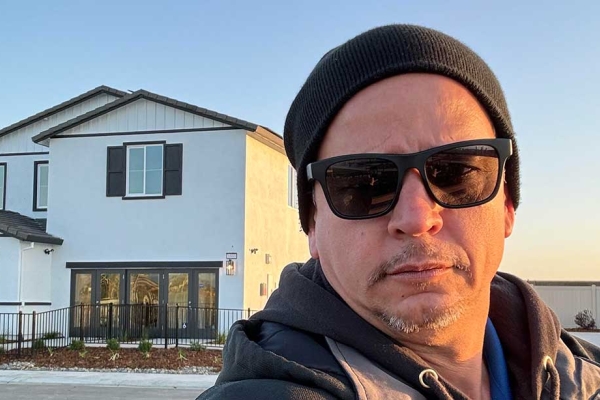
For the past 30 years, Henry Tooryani has seen the construction business’ steady ebb and flow—here in the Bay Area and across the nation. While the basic principles of proper construction remain the same, Tooryani posits that the techniques have changed, mostly brought on by the emergence of new technology.
“The pace of technology is just moving so fast, we need to be in front of it or at least parallel with it,” he says. “These are the things that make me excited. If a student already has a degree in construction, because of all these technology changes they are coming back to get additional knowledge from somewhere like UC Berkeley Extension.”
And with each new technology debut, Tooryani embraces the changes as founder and president of preconstruction services firm MicroEstimating Inc. For each project, Tooryani brings a wealth of knowledge and expertise to his varied clients, including complex building constructions, research laboratories, pharmaceutical facilities, commercial facilities, residential complexes, major public and civic facilities, and much more.
Not only do his clients benefit from this expansive knowledge, but so do his students. Tooryani is a UC Berkeley Extension Honored Instructor and advisory board member in the Certificate Program in Construction Management, as well as a lecturer in the San Jose State University civil and environmental engineering department.
We talk a lot about how technology shapes construction build. What changes spark your interest?
One change was that people were trying to obtain more skills in LEED®, which stands for Leadership in Energy and Environmental Design, and there were so many courses and places to get the training. LEED® was the first movement I've seen that changed the way we think about the Green Building movement, sustainable construction and how we go about the delivery process for a project.
Another new technology that has emerged is building information modeling (BIM). There was a movement from two-dimensional to three-dimensional to CAD drawings. From there we’ve moved to 4-D, which is incorporating your time frame for the project into the three-dimensional modeling. In the first three months you can see the foundations coming up; in five months you see the framing is there. Now we are moving into 5-D, which is the implementation of cost estimates into the 3-D model. We’re even up to 6-D (Sustainability) and 7-D (Enhancing Facility Management).
The life cycle of the material used in a building has a major impact now. Building owners and facility management groups prefer to pay more money today to get a longer life cycle out of the materials. These buildings are more expensive: A Green roof costs more than $40 per square foot, whereas a black roof would probably be $10 per square foot.
The life cycle of the material used in a building has a major impact now. Building owners and facility management groups prefer to pay more money today to get a longer life cycle out of the materials.
I have seen all of these make a major impact in our industry and change the way that we deliver our projects. The contract delivery process that appeared perhaps 20 years ago involved a Lump Sum Bid or Design-Bid-Build model, and the contractor didn’t get to provide feedback for the design or project until they saw the final drawings to place their bids. In recent trends, there are different types of construction contract delivery methods, such as CM at Risk, where a general contractor acts as a construction manager prior to acting as a general contractor by providing preconstruction services during the design process. They become an integral part of the team of owners and designers from the early stages of the design process through the procurement stages. Then their role changes from construction manager to general contractor, thus the name CM at Risk or CM/GC, as it has also been known.
The other common Contract Delivery Process that has played a major role recently is Design-Build, where the contractor and the designers become an integrated team to provide building owners both design services and general construction with a maximum guaranteed price, relieving the owner of much of the risk that may exist in other construction delivery processes. This process requires collaboration among the architect, engineers, contractors and the owners to provide a process that will deliver a project on time and on budget.
Lean construction has also emerged. This concept came from a couple of UC Berkeley professors, including H. Glenn Bollard, who was at the frontier of bringing that model from companies like Toyota. This process is known as the “Toyota Way.” Everybody was objecting, and saying, “Well, manufacturing is different,” but numerous projects have a lot of assembly so this process does make sense. The California Pacific Medical Center (CPMC) hospital in San Francisco is an example of such an integrated project delivery system.
When you go to downtown San Francisco or anywhere in the Bay Area, it seems that there’s construction happening on every street corner. Are we in a boom or are we headed toward something like a dot-com bust?
I was Director of Preconstruction Services at a major international contractor when the construction market was soft. You wouldn't see tower cranes as before when the construction market was much busier in San Francisco, though there were some remodeling projects going on. Construction is always going through cycles. At one time there were so many correctional facilities being built that we were mainly focused on those projects. When that market slowed down, we moved onto office buildings, hotels and public works projects. It seemed that if one market was coming down, then another was on the rise.
You have to adjust yourself to the market. Successful companies are busy whether or not the market is slow.
In 2008, the construction market slowed again. And because construction relies on the economy and available funding, general contractors and subcontractors found themselves beating on every door seeking out jobs in the market, trying to keep their employees and staff employed. There were very low margins, and again, the market was kind of soft. Then suddenly we became very busy with a lot of projects like MUNI and downtown developments. With the onset of major projects like the new Facebook and Apple headquarters, along with a rise in residential projects, the industry is really booming once more.
There's a shortage of apartment units in every major city, and for that reason you see a lot of construction. Designers are getting busy. Areas that once served as shipyards are being turned into major residential projects coming in various cities.
You have to adjust yourself to the market. Successful companies are busy whether or not the market is slow.
What do you think the future of construction in the Bay Area is going to look like in the short term and in the long term?
We’re basically done with the high-rises, but other kinds of civic and transportation projects are emerging, like the California speedway. You have buildings, transportation stations, hotels and retail places next to those stations. Government agencies and other higher organizations and institutions are planning to make sure that this industry moves ahead and that we're not going to face major layoffs or a slowdown. They will keep the construction industry busy.
Keeping in mind the ebb and flow of the industry, what do our certificate graduates need to know?
For people active in the construction business, coming to a place like UC Berkeley Extension and taking courses in scheduling, construction management, safety, or LEED® or sustainable building is going to enhance their knowledge and their expertise. When people tell their employers, associates and co-workers that they are taking courses at UC Berkeley, it adds respect and tells others that they are gaining a lot of knowledge at a fast pace. The students leave with a wealth of knowledge that they will always be able to tap into.



